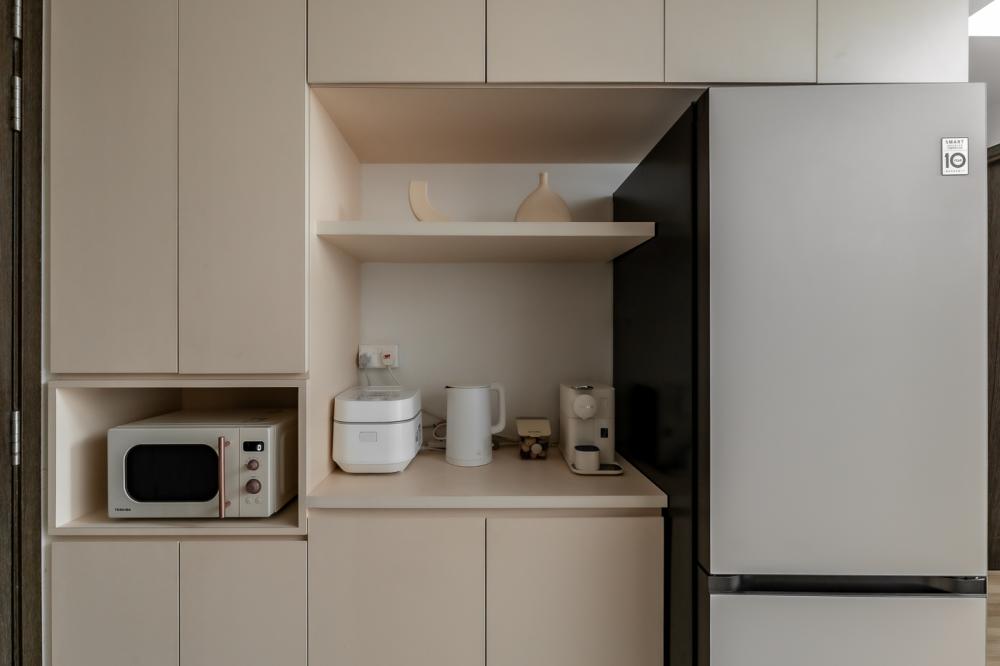How To Achieve The Wabi Sabi Aesthetic In Your Home
In the midst of Singapore’s vibrant cityscape, finding peace within our homes becomes a cherished necessity.
Enter Wabi Sabi, a Japanese philosophy centered around embracing imperfection and simplicity.
In our quest for tranquility, integrating Wabi Sabi into our living spaces offers a refreshing perspective on finding beauty in the unpolished and the natural.
In this article, we walk you through how to achieve the Wabi Sabi aesthetic in your home.
Read on to find out more!
What is Wabi Sabi?
Wabi Sabi finds its origins deeply embedded in Japanese culture and aesthetics. Its roots trace back to ancient philosophies and artistic traditions, particularly emerging from Zen Buddhism and the tea ceremony.
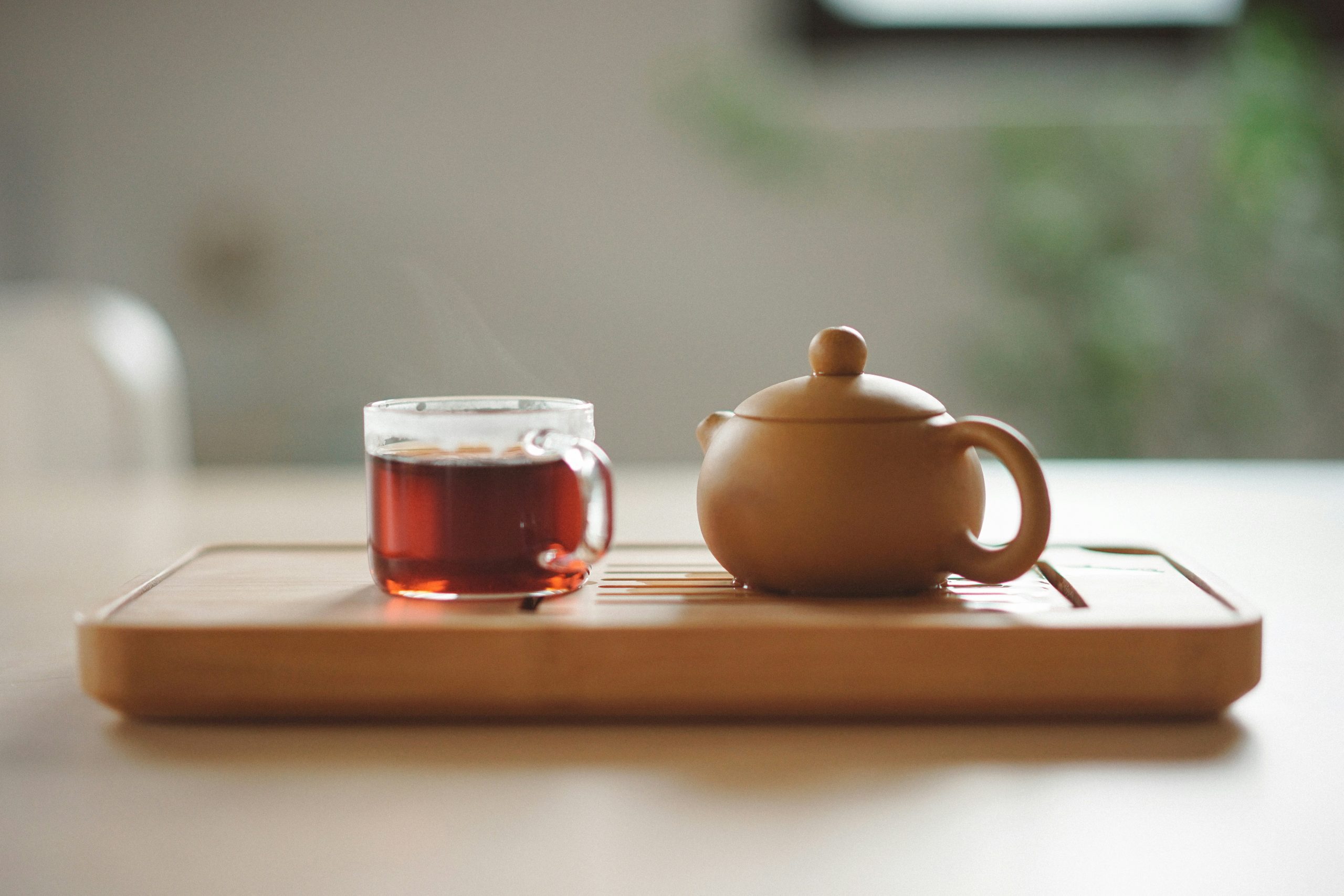

The term “Wabi” originally referred to the solitude and simplicity found in nature, often embraced by Zen monks in their pursuit of enlightenment. “Sabi,” on the other hand, embodies the beauty that comes with age, the patina that develops over time.
Combining these concepts, Wabi Sabi became a celebration of the rustic, the imperfect, and the transient. It emerged as a counterbalance to the opulence and extravagance that prevailed in certain periods of Japan’s history.
The tea masters, particularly figures like Sen no Rikyu, played a pivotal role in shaping the essence of Wabi Sabi. They emphasized the importance of embracing the simple, unassuming beauty found in everyday objects, appreciating asymmetry, irregularity, and the natural textures of materials.
In Japan, Wabi Sabi isn’t just a design choice; it’s ingrained in the cultural fabric. It’s present in the weathered stones in traditional gardens, the aesthetic of pottery with intentional imperfections, and the minimalist interiors of traditional Japanese homes.
This profound philosophy made its way into various art forms, including pottery (such as the revered Raku ware), calligraphy, and Ikebana (flower arrangement). Its influence extended beyond art and aesthetics, permeating into daily life, emphasizing the value of embracing transience and finding beauty in the fleeting moments.
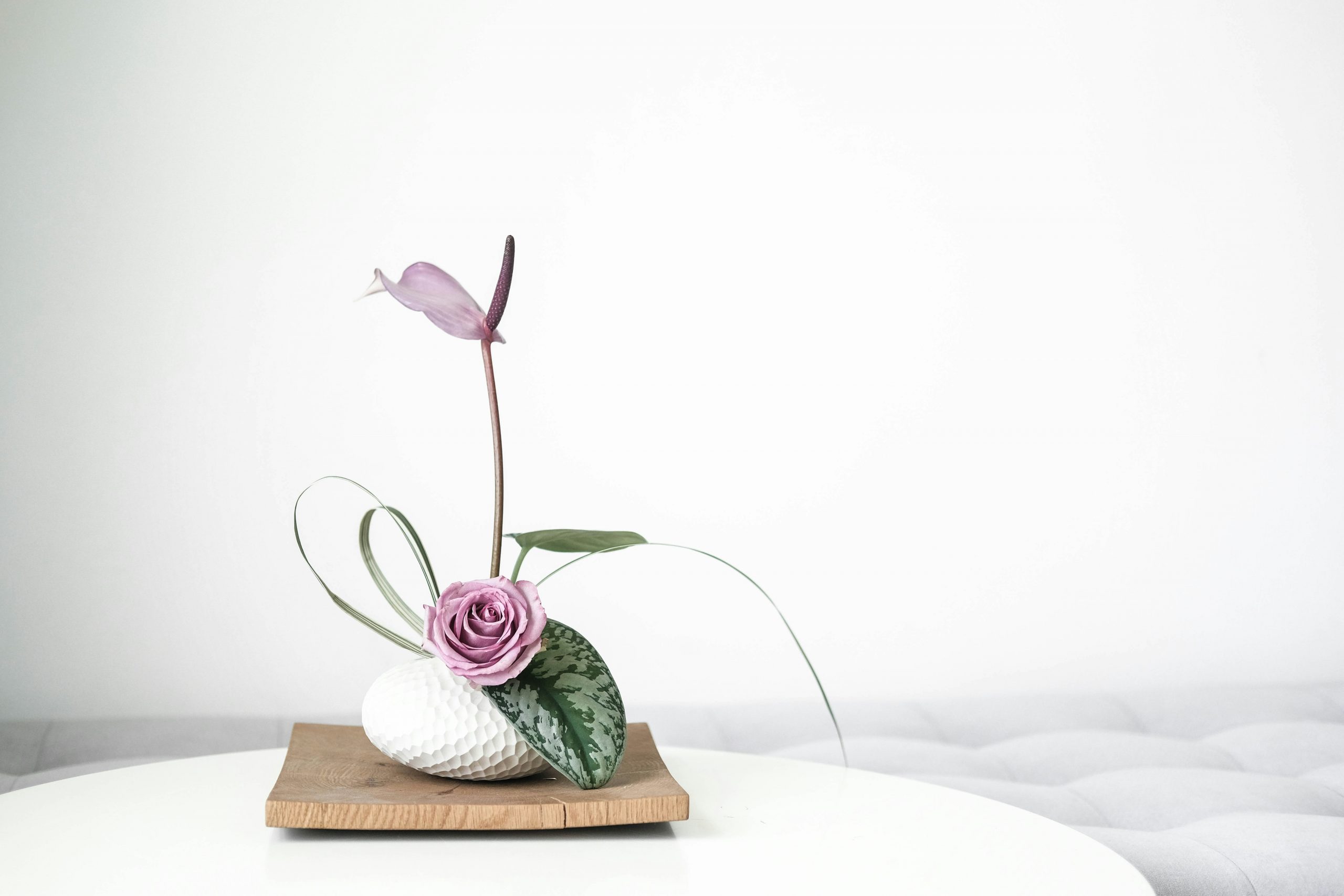

In contemporary times, Wabi Sabi continues to inspire not only in Japan but across the globe, resonating with individuals seeking simplicity and authenticity in a world often consumed by perfection and excess.
How Does Wabi Sabi Apply To Home Design?
Wabi Sabi isn’t merely a style; it’s a philosophy that breathes life into the spaces we inhabit.
When applied to home design, it offers a refreshing departure from the pursuit of flawlessness and instead champions the beauty found in imperfection, impermanence, and simplicity.
At its core, Wabi Sabi in home design is about creating spaces that resonate with authenticity and evoke a sense of calmness. It’s an invitation to infuse our living environments with the understated elegance of natural elements and the tranquility of the imperfect.
In a world where sleek perfection often dominates design trends, embracing Wabi Sabi allows us to transform our homes into havens that embrace the charm of weathered textures, the allure of asymmetry, and the grace in simplicity.
Applying Wabi Sabi to home design involves a mindful curation of elements that tell stories, evoke emotions, and invite inhabitants to find beauty in the unrefined and the aged.
It’s about celebrating the authenticity of materials, simplifying spaces, and fostering a connection with nature within the confines of our homes.
By adopting this philosophy, home design becomes a canvas for personal expression, encouraging the inclusion of pieces that carry history, imperfections, and a sense of tranquility.
It’s not merely about creating aesthetically pleasing spaces but about crafting environments that resonate with a deeper sense of harmony and comfort.
In the following sections, we’ll explore how the principles of Wabi Sabi seamlessly integrate into home design, offering a guide to transforming living spaces into serene sanctuaries that exude simplicity, authenticity, and the beauty of imperfection.
Principle 1: Embracing Imperfection
The Wabi Sabi approach invites us to appreciate the inherent beauty found in imperfection.
In home design, this principle encourages a departure from the pursuit of flawlessness, and instead celebrates the unique character and authenticity that imperfections bring to our living spaces.
How do you do this?
Firstly, choosing decor and furnishings that bear the marks of craftsmanship is a cornerstone of Wabi Sabi-inspired design.
Look for handcrafted items that display irregularities, such as pottery with asymmetrical shapes or textures that reflect the human touch in their creation.
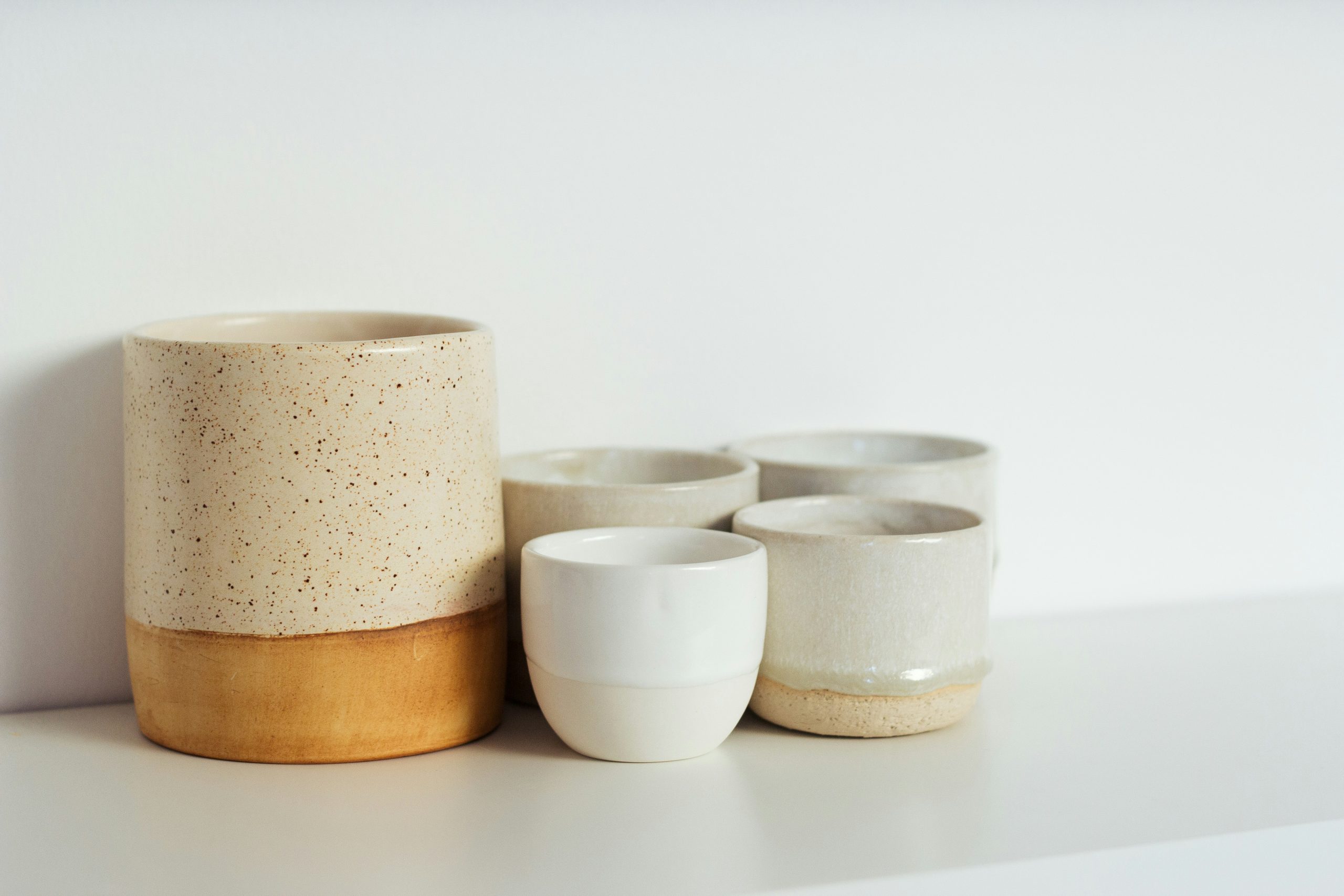

These pieces carry a sense of authenticity and individuality, adding depth and a personal touch to your home.
Also keep in mind that Wabi Sabi finds beauty in the way objects age and weather over time.
When buying furniture, opt for wooden pieces that showcase natural knots, cracks, or variations in grain—features that evolve with time, telling stories of their journey.
Embrace the weathering of materials as it adds character and depth to your space, creating a sense of history and charm.
Finally, incorporating textiles with visible weave irregularities or natural variations in color also adds a layer of richness to your space.
Embrace the imperfect nature of these textiles—whether it’s linen with slight wrinkles or handmade rugs with variations in patterns. These elements not only add texture but also infuse the space with a sense of warmth and coziness.
By embracing imperfection in home design, Wabi Sabi allows for a space that feels lived-in, authentic, and inherently human.
Think of it as a departure from the sterile and flawless, inviting a deeper connection with the elements that make a house a home.
Principle 2: Simplifying Your Space
Simplicity lies at the core of the Wabi Sabi aesthetic, guiding a design philosophy that fosters tranquility and a sense of connection to the natural world within our homes.
Wabi Sabi-inspired home design begins with decluttering spaces, allowing room for simplicity and a sense of openness.
Here, clearing away excess belongings not only creates physical space but also encourages mental clarity and calmness. Adopt a minimalist approach, where you keep only what is necessary and what resonates with you.
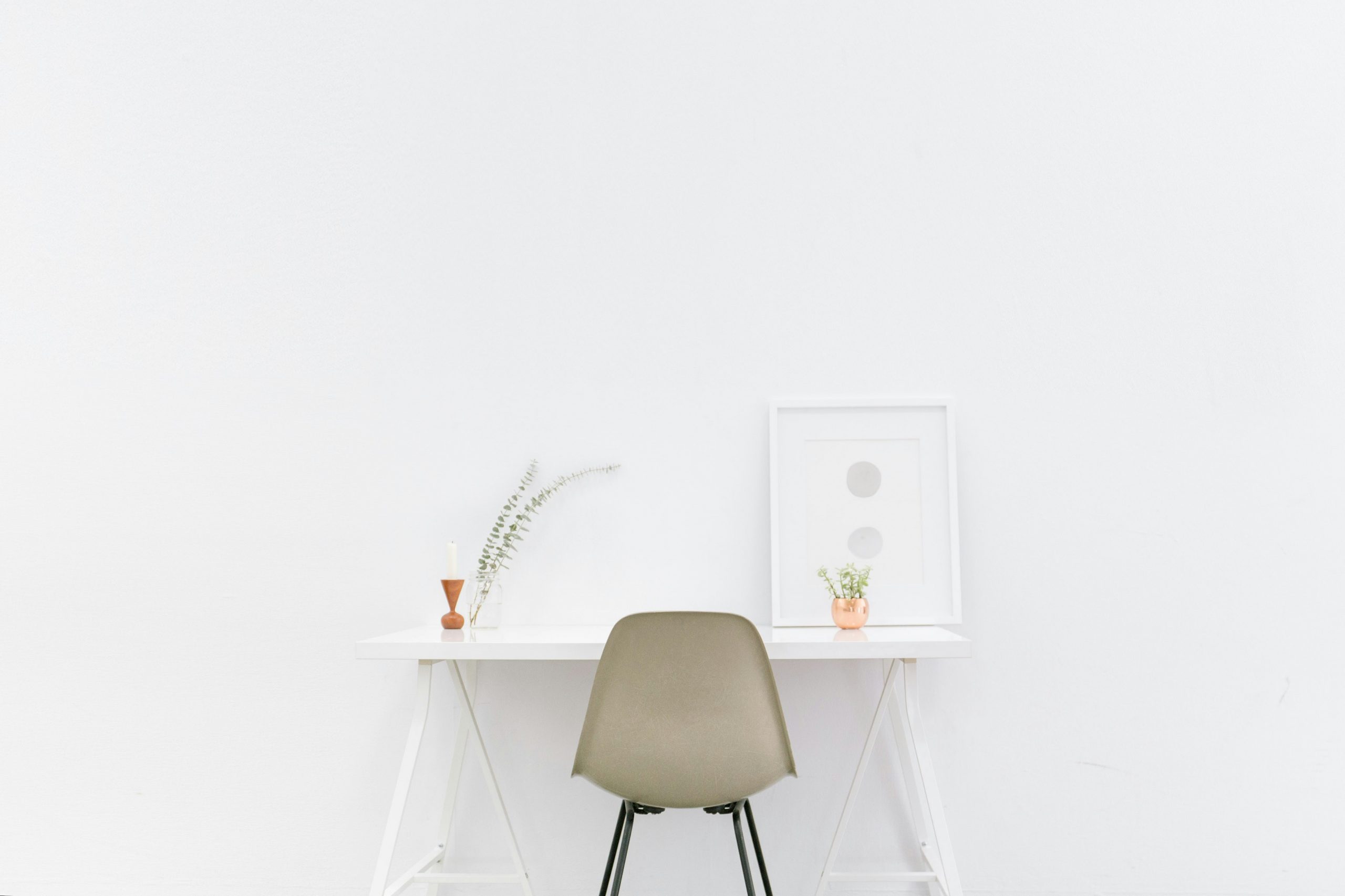

Next, incorporating clean lines in furniture and decor contributes to an uncluttered visual aesthetic.
Opt for furnishings with simple, sleek designs and avoid unnecessary embellishments, in order to foster an atmosphere of tranquility.
Neutral color palettes inspired by nature, such as earthy tones, muted greens, or soft browns, evoke a sense of serenity and harmony with the environment.
The use of natural materials also forms a fundamental aspect of Wabi Sabi design.
Wood, with its organic textures and variations, brings warmth and a connection to nature.
Stone or bamboo accents further enhance the natural appeal, grounding the space and creating a sense of balance.
These materials not only bring an element of authenticity but also offer a tactile experience that connects inhabitants to the natural world, providing a contrast to the urban setting outside.
By embracing simplicity in design, Wabi Sabi nurtures a serene environment that encourages mindfulness and contemplation.
It enables inhabitants to find solace in the uncomplicated, fostering a sense of calmness amid the chaos of modern life.
Additionally, the use of natural elements establishes a subtle connection to the environment, offering a sense of grounding and reminding us of the beauty found in the simplicity of the natural world.
In essence, simplicity in Wabi Sabi home design isn’t about austerity but rather about creating spaces that are purposeful, harmonious, and resonate with a sense of tranquility and connection to nature.
Principle 3: Finding Beauty In The Everyday
The principle of “Finding Beauty in the Everyday” is fundamental to Wabi Sabi.
It encourages us to recognize and appreciate the beauty that exists in simple, ordinary moments and objects that might otherwise go unnoticed.
This principle emphasizes finding extraordinary value in the mundane aspects of life and the natural world.
In embracing this principle, incorporate elements from Singapore’s natural beauty into your home.
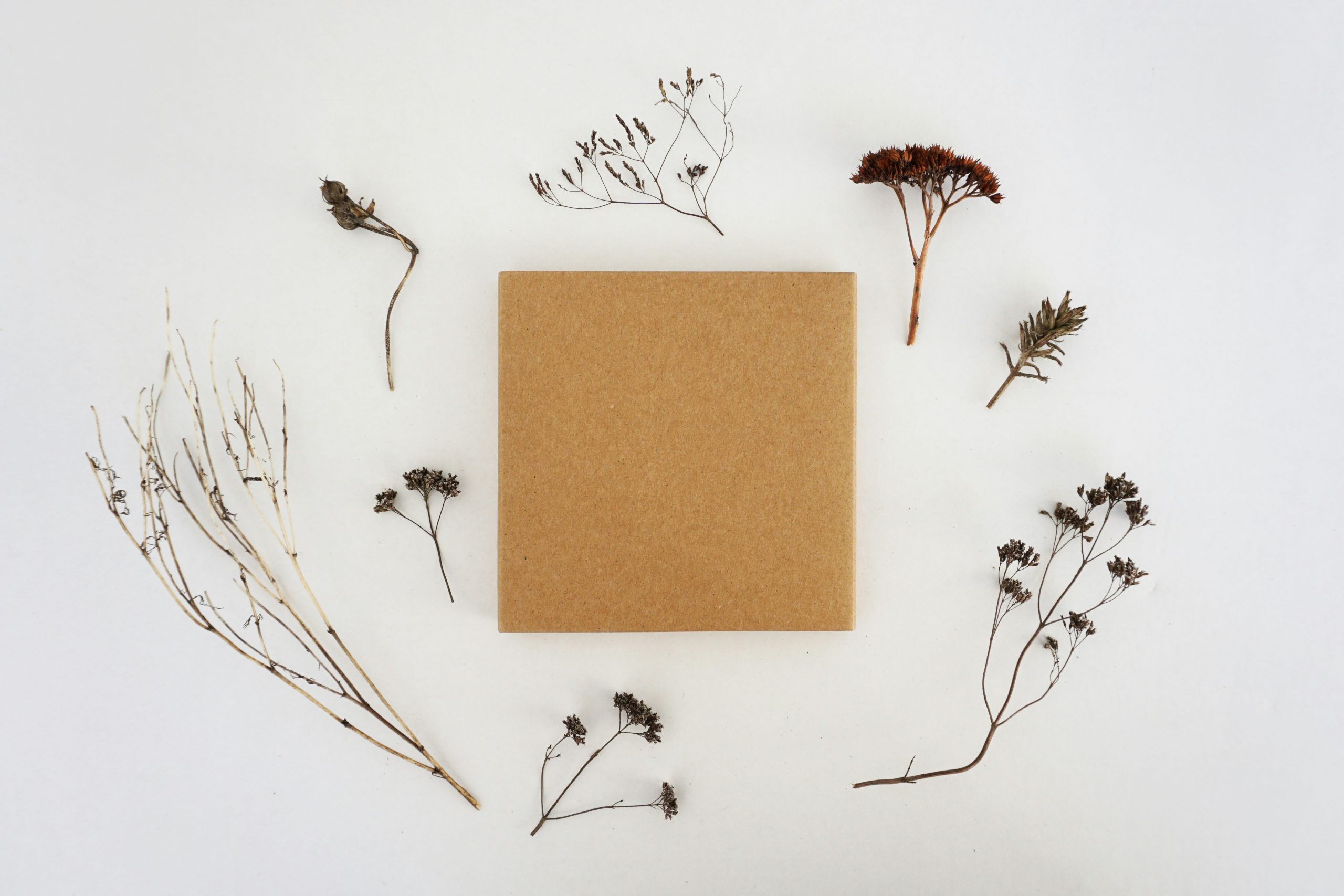

Display dried flowers, seashells collected from local beaches, or local plants to infuse your space with the beauty of impermanence.
Embrace muted, earthy tones inspired by the lush greenery and tranquil waters surrounding this city-state.
Principle 4: Appreciate Transience
Wabi Sabi teaches us to embrace the transient nature of life.
This can be reflected in home design by choosing materials that age gracefully, showcasing the beauty of wear and tear.
For instance, opting for solid wood furniture allows for the natural aging process, where the wood develops a beautiful patina—a sheen that arises from use and exposure to light.
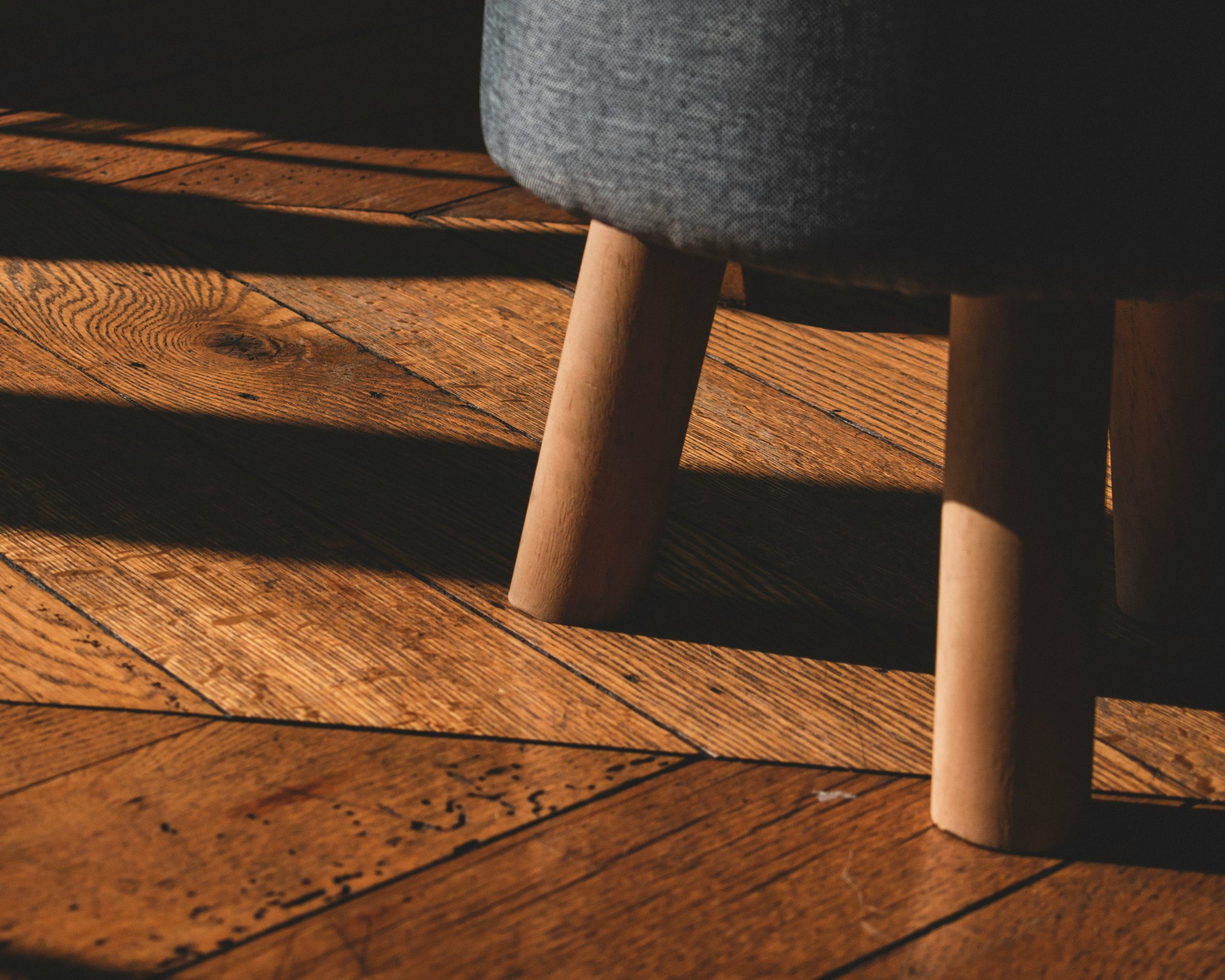

This transformation imbues furniture with a unique charm, reflecting the passage of time and use, a tangible expression of Wabi Sabi’s essence.
Embracing items that exhibit signs of wear and patina also reflects the philosophy of Wabi Sabi.
For instance, copper or brass fixtures often develop a rich patina as they age, showcasing their history and adding depth to their appearance.
Weathered stone or clay elements, such as tiles or architectural details, not only add character but also remind inhabitants of the natural aging process, celebrating the beauty found in the imperfections.
Principle 5: Add A Personal Touch
Adding a personal touch to your space is integral to Wabi Sabi design, as Wabi Sabi celebrates the authenticity of objects that carry personal narratives.
Including items that hold sentimental value—whether it’s a cherished heirloom, a handcrafted piece, or a memento from significant life moments—adds a layer of depth to home design.
These items often evoke memories, emotions, and personal stories, enriching the living environment with a sense of intimacy and connection.
Incorporating handmade or artisanal pieces also aligns seamlessly with Wabi Sabi philosophy.
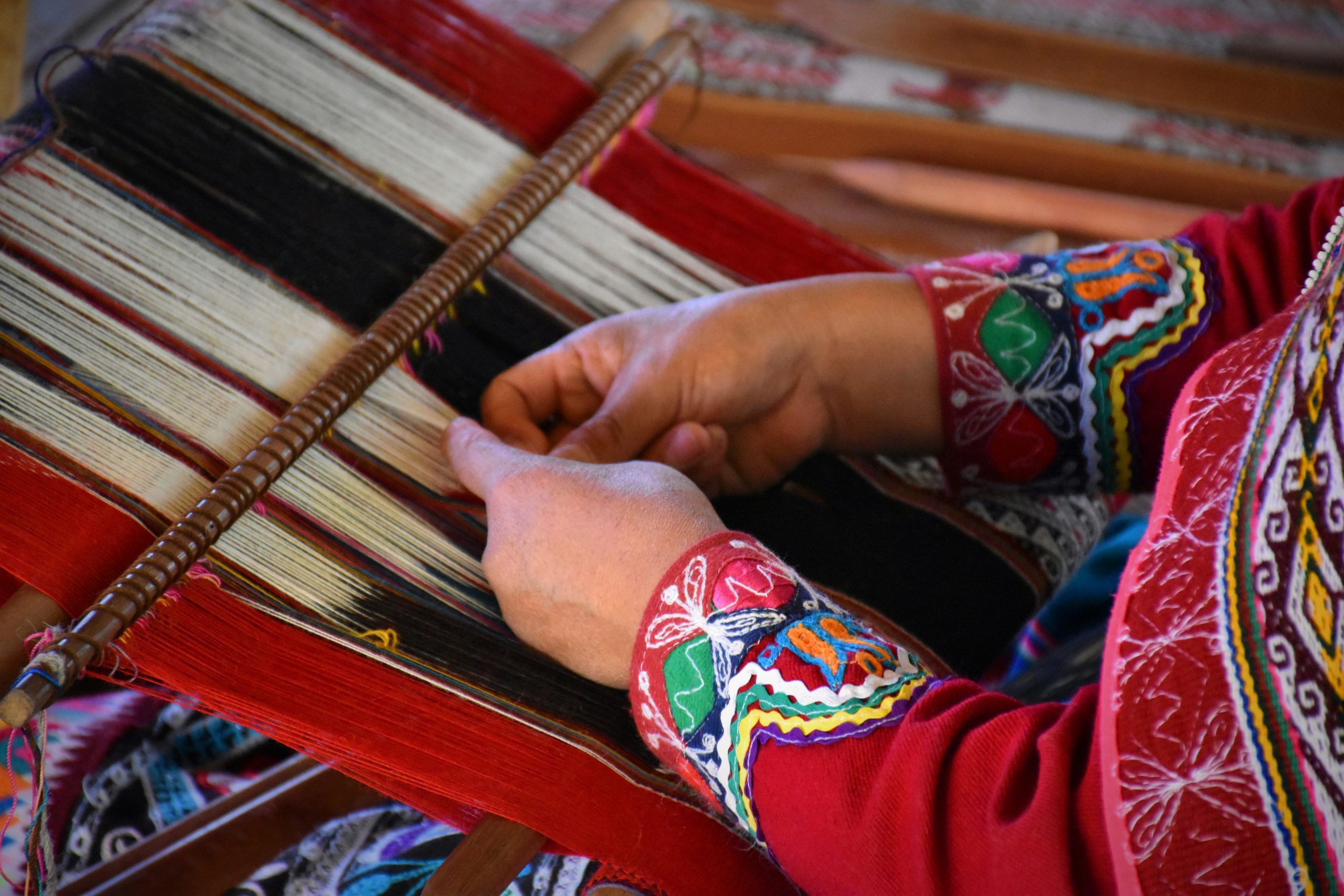

These items often exhibit the artisan’s skill and dedication, carrying the marks of individual craftsmanship.
Whether it’s a hand-thrown pottery vase, a handwoven rug, or a bespoke piece of furniture, these items bring a unique charm and authenticity to the space, reflecting the human touch and the appreciation for imperfection.
Finally, objects passed down through generations bear the weight of history and family stories.
These heirlooms, with their inherent imperfections or signs of wear, hold immense sentimental value.
Incorporating these items into the living space not only honors the past but also connects the present occupants with their familial heritage, fostering a sense of continuity and appreciation for legacy.
A Final Word On The Wabi Sabi Aesthetic
In the bustling urban landscape of Singapore, where the pace is often swift and the pursuit of perfection prevalent, finding solace within the walls of our homes becomes a cherished necessity.
Enter Wabi Sabi, a philosophy rooted in Japanese tradition, offering a serene refuge amidst the chaos of modern living.
The journey through understanding Wabi Sabi isn’t just about aesthetics; it’s an introspective exploration, a pathway to discovering tranquility within imperfection, simplicity, and transience. It’s a gentle reminder that beauty is found not in flawless symmetry, but in the asymmetry of life itself.
Throughout this exploration, we’ve uncovered the essence of Wabi Sabi and its seamless integration into home design.
From celebrating imperfection to embracing simplicity, finding beauty in the everyday, appreciating transience, and infusing personal narratives, each principle offers a gateway to curate spaces that resonate with authenticity and depth.
By adopting Wabi Sabi into our living environments, we transform our homes into sanctuaries that transcend mere aesthetics.
They become narratives of our personal stories, reflections of our values, and invitations to embrace the imperfect, the transient, and the authentic.
As we conclude this journey into the world of Wabi Sabi-inspired design, may these principles guide you in creating spaces that echo tranquility, embrace imperfection, and celebrate the beauty found in the unrefined and the aged.
Let your home be a testament to the harmony found in simplicity, the allure of impermanence, and the profound richness of the everyday.
Want to check out home renovation projects for more inspiration? Browse home renovation projects on Hometrust, or click the button below to get connected with expert designers!
Renovating soon? Let Hometrust recommend the best interior designers.
If you are reading this, you are probably wondering how you can create your dream home.
Here’s the thing, everyone’s needs and requirements for their home renovation is different. A designer that may work for someone else, may not quite work for you.
At Hometrust, we’re here to help match top rated designers, recommended by past homeowners to you through our data-driven and matching algorithm.
Whether you are looking for partial renovation or a full fledge overhaul, we’ll be able to recommend you top designers to match your renovation requirements and lifestyle.
Recommendations and free and you can simply start by helping us understand your needs below!
Get RecommendationsRenovate safe!
The Hometrust Team



